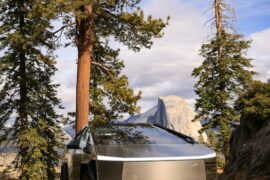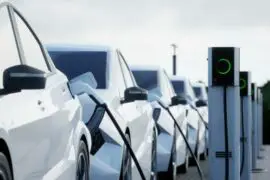How long do Teslas usually last? As a pioneering electric vehicle manufacturer, Tesla has revolutionized the automotive industry with its cutting-edge technology and commitment to sustainability. As more consumers embrace electric mobility, understanding the lifespan of electric vehicles has become a critical aspect of ownership.
In this article, we delve into the factors that influence the longevity of Teslas, providing valuable insights for current and prospective Tesla owners. From Tesla’s reputation for quality to the intricate details of battery technology and maintenance, we aim to shed light on the key determinants contributing to these innovative vehicles’ lasting durability. By exploring these essential factors, we hope to equip readers with the knowledge needed to maximize the lifespan of their Teslas and make informed decisions in electric mobility.
Contents
Tesla’s Commitment to Longevity
1. Reputation for Quality and Durability:
Tesla has garnered a well-deserved reputation as a manufacturer of high-quality and durable electric vehicles. From the early production of the Roadster to the ever-popular Model S, X, 3, and Y, Tesla has consistently emphasized engineering excellence and innovation. The company’s focus on premium materials and state-of-the-art manufacturing processes contributes to its vehicles’ reliability and longevity.
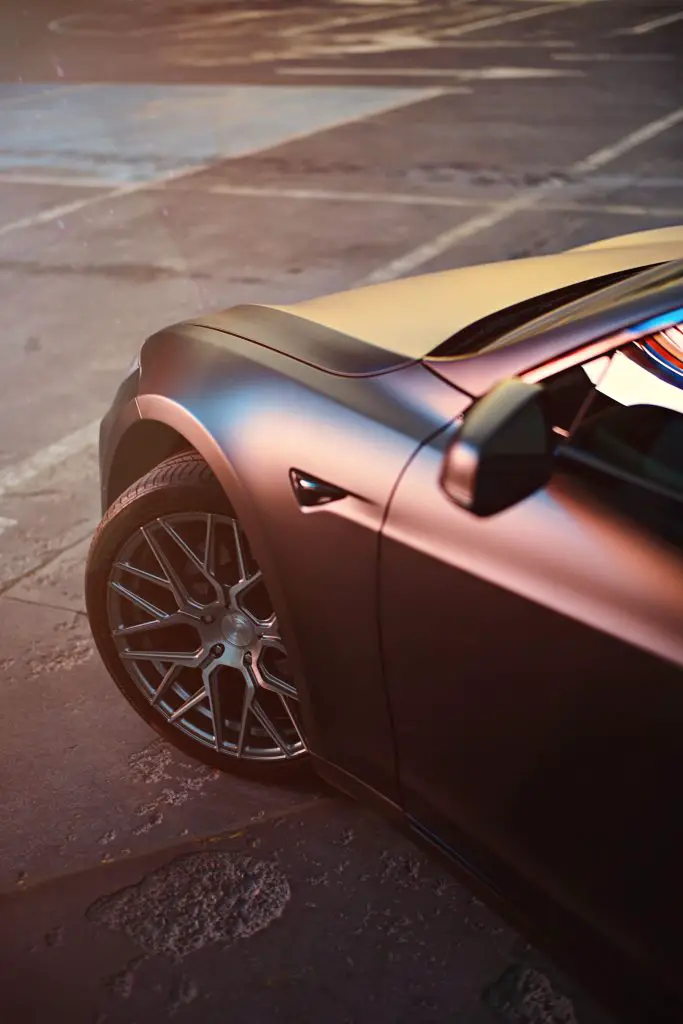
2. Extensive Warranty Coverage:
Tesla stands behind the reliability of its vehicles by offering comprehensive warranty coverage. Each model comes with a standard limited warranty, providing coverage for up to 4 years or a certain number of miles, whichever comes first. Additionally, Tesla’s warranty for the battery and drivetrain is usually longer than the overall vehicle warranty, demonstrating the company’s confidence in its battery technology.
3. Battery Warranty and Longevity:
The heart of any electric vehicle lies in its battery, and Tesla takes this aspect seriously. The company typically provides extended warranties for its battery packs, assuring customers that their vehicles’ energy storage systems will be supported for an extended period. These warranties often include guarantees against excessive capacity loss over the years, ensuring that Tesla owners can rely on their vehicles’ range and performance well into the future.
4. Testimonials and Real-World Experiences:
Numerous customer testimonials and real-world experiences with long-lasting Teslas back Tesla’s commitment to longevity. Many owners report impressive mileage and enduring performance, showcasing the reliability and durability of these electric vehicles in various driving conditions. Such accounts testify to Tesla’s engineering prowess and dedication to providing long-lasting products.
Factors Influencing Tesla Lifespan
1. Battery Technology:
Central to Tesla’s electric vehicles is their advanced battery technology. Tesla utilizes high-energy-density lithium-ion batteries known for their efficiency and longevity. These batteries are designed to store and release large amounts of energy, providing Teslas with impressive driving ranges. Moreover, Tesla continuously invests in research and development to enhance battery performance and safety, leveraging cutting-edge advancements in battery management systems (BMS). The BMS optimizes charging and discharging processes, ensuring the batteries operate at their best while safeguarding against potential issues.
2. Battery Degradation:
As with all lithium-ion batteries, Tesla’s battery packs are subject to gradual degradation over time. Battery degradation is the natural process of losing its capacity to hold a charge, resulting in reduced range and performance. Factors such as temperature, charging patterns, and discharge depth can influence the degradation rate. However, Tesla’s robust battery management system and efficient thermal management help mitigate degradation and prolong the battery’s overall lifespan.
3. Supercharging and Charging Habits:
Supercharging, while a convenient and fast way to recharge Tesla vehicles, can impact battery health if used excessively. Frequent supercharging, especially in high-temperature conditions, can accelerate battery degradation. Additionally, the depth of discharge during regular charging cycles can influence battery lifespan. Tesla recommends avoiding charging to 100% capacity regularly and maintaining a charge level between 20% and 80% for optimal battery health.
Maintenance and Care for Tesla Vehicles
1. The Significance of Regular Maintenance:
Regular maintenance is crucial for ensuring the longevity and optimal performance of Tesla vehicles. Like traditional internal combustion engine cars, electric vehicles also require routine upkeep to keep them running smoothly and efficiently. By adhering to Tesla’s recommended maintenance schedule, owners can identify and address potential issues early on, preventing costly repairs and ensuring their vehicles remain in top condition.
2. Tesla’s Recommended Service Intervals and Common Maintenance Tasks:
Tesla provides clear guidelines for owners regarding service intervals and essential maintenance tasks. While the specifics may vary depending on the model and mileage, common maintenance tasks often include brake inspections, cabin air filter replacements, and tire rotations. Additionally, periodic checks on suspension components, coolant levels, and other vital systems are essential to ensure the vehicle’s overall health.
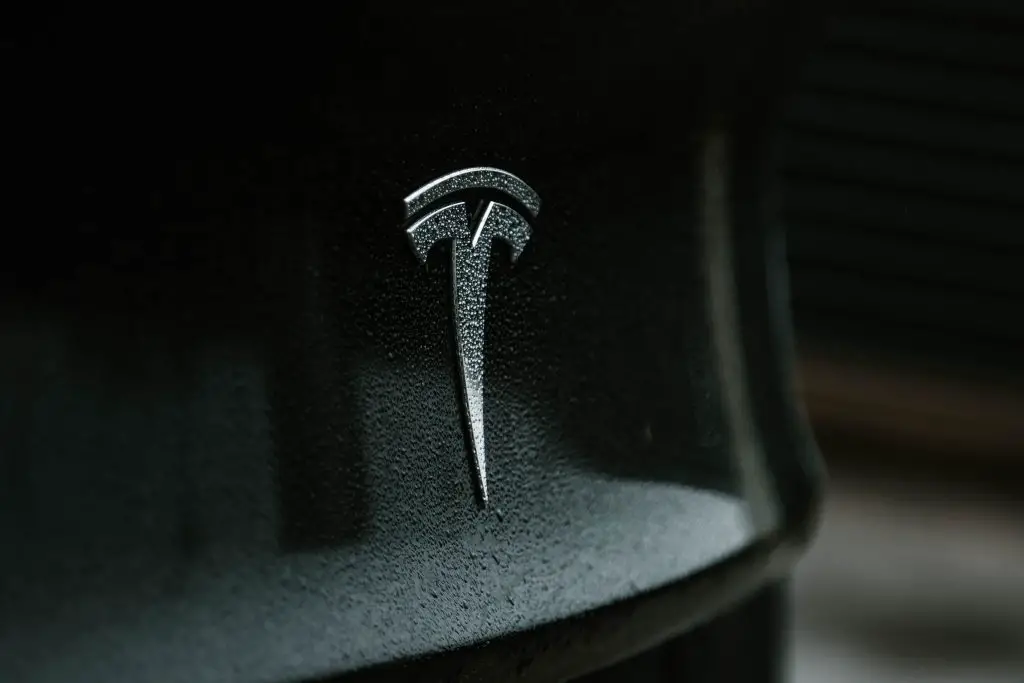
3. Tips for Maintaining Tesla’s Health:
a. Software Updates: Tesla frequently releases over-the-air software updates that improve vehicle performance, safety features, and user experience. Owners should regularly check for and install these updates to take advantage of the latest improvements and optimizations.
b. Tire Rotations: Rotating tires regularly helps distribute wear and tear evenly, extending the lifespan of the tires and ensuring consistent handling and performance. Tesla recommends tire rotations every 10,000 to 12,000 miles.
c. Battery Health: Tesla’s Battery Management System (BMS) monitors and maintains the battery’s health. However, owners can help maintain battery performance by avoiding extreme temperatures during charging and storage and following Tesla’s recommendations on charging habits.
d. Clean and Inspect: Regularly cleaning the vehicle’s exterior and interior keeps it looking pristine and helps identify any potential issues like loose parts or abnormalities.
Driving Habits and Environment
1. How Driving Habits Can Influence Tesla’s Lifespan:
Driving habits play a significant role in determining the lifespan of a Tesla vehicle. Aggressive driving, frequent rapid acceleration, and harsh braking can put additional stress on various components, including the battery, drivetrain, and tires. Consistently practicing smooth driving habits, maintaining moderate speeds, and avoiding sudden maneuvers can help reduce wear and tear on the vehicle and contribute to its longevity.
2. The Role of Extreme Weather Conditions and Temperature on Battery Performance:
Extreme weather conditions, particularly high temperatures, can impact the performance and health of Tesla’s battery. Prolonged exposure to hot climates can accelerate battery degradation and reduce overall life. Similarly, extremely cold temperatures can temporarily reduce battery efficiency and range. Tesla vehicles are equipped with thermal management systems to mitigate the effects of temperature extremes. Still, owners should be mindful of extreme weather conditions and their potential impact on battery performance.
3. Long-Distance Driving and Its Effects on the Vehicle:
While Tesla vehicles are designed for long-range driving, frequent long-distance trips can subject the vehicle to additional stress. Extended periods of high-speed driving, particularly on highways, can increase wear on tires and components. Owners planning long-distance trips should ensure their vehicles are in top condition before embarking on the journey, including tire inspections and other essential maintenance tasks.
Longevity Case Studies
1. Highlighting Examples of Tesla Owners with High Mileage:
Numerous Tesla owners have shared remarkable stories of achieving high mileage and prolonged vehicle lifespan. One such case is John, a Tesla Model S owner, who surpassed 500,000 miles on his vehicle. John diligently followed Tesla’s maintenance recommendations, ensuring regular service intervals were met and charging habits were optimized. His Tesla Model S continued to perform admirably, demonstrating the longevity and durability of Tesla’s electric vehicles.
Another inspiring example is Sarah, a Model 3 owner who extensively used her vehicle for daily commuting and frequent road trips. Despite quickly racking up substantial mileage, Sarah’s Model 3 maintained exceptional performance and an impressive range. Her experience highlights the resilience of Tesla’s battery technology and the significance of responsible driving habits.
2. Stories of Tesla Vehicles Used for Ride-Sharing and Commercial Purposes:
Tesla vehicles have found applications in ride-sharing and commercial fleets in urban centers, enduring rigorous daily use. One notable example is a Tesla Model X that was part of a ride-sharing fleet in a major city. This Model X accumulated over 300,000 miles in just three years. The vehicle’s battery health was monitored and optimized using Tesla’s advanced Battery Management System, ensuring consistent performance and range.
Additionally, Tesla vehicles for commercial purposes, such as package delivery and transportation services, have demonstrated impressive longevity under demanding conditions. With meticulous maintenance and adherence to recommended service intervals, these vehicles have shown that Tesla’s durability and efficiency can withstand the challenges of daily commercial use.
Upgrading and Trade-ins
1. Tesla’s Trade-In Program and Options for Upgrading to Newer Models:
Tesla offers a convenient trade-in program that allows existing Tesla owners to exchange their current vehicles for newer models. Through this program, owners can receive a trade-in value based on their vehicle’s condition, mileage, and market demand. The trade-in value can then be applied as a credit towards purchasing a new Tesla, reducing the overall cost of the upgrade.
In addition to the trade-in program, Tesla periodically releases new models with enhanced features and technology. Owners interested in upgrading to the latest models can sell their current vehicles privately or through other channels to fund the purchase of the newer Tesla model.
2. Considerations for Tesla Owners Contemplating Upgrading Their Vehicles:
a. Financial Considerations: Tesla owners should evaluate the cost implications of upgrading to a newer model. The trade-in value or resale price of their current vehicle, combined with the price of the desired new Tesla, should be carefully assessed to ensure it aligns with their budget and financial goals.
b. Technological Advancements: Owners considering an upgrade should research and understand the new model’s specific technological advancements and features. Analyzing how these features align with their needs and preferences will help them make an informed decision.
c. Battery and Performance Improvements: Tesla’s newer models often have improved battery technology and enhanced performance capabilities. Owners looking for extended range or faster acceleration may find an upgrade worthwhile.
d. Warranty Coverage: Tesla’s warranty coverage varies for different models and components. Owners must understand the warranty details and how they apply to their current and potential new Teslas.
e. Environmental Impact: For environmentally-conscious Tesla owners, upgrading to a newer model with improved energy efficiency and sustainability features may align with their commitment to reducing carbon emissions.
How long do Teslas usually last?
In conclusion, understanding the factors that influence the lifespan of Tesla vehicles is essential for maximizing their longevity and ensuring a satisfying ownership experience. Tesla’s reputation for quality and durability and its extensive warranty coverage reflects the company’s commitment to building long-lasting electric vehicles.
Battery technology, particularly the use of advanced lithium-ion batteries and sophisticated battery management systems, plays a crucial role in the overall lifespan of Teslas. Awareness of battery degradation and responsible charging habits are key to preserving battery health and range over time.
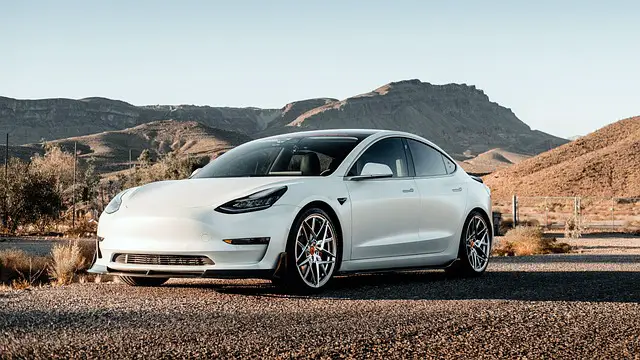
Moreover, responsible driving practices, including smooth driving habits and adherence to Tesla’s recommended maintenance schedule, contribute to the vehicle’s durability and performance. Regular maintenance tasks, tire rotations, and software updates are crucial in maintaining Tesla’s health and optimizing its longevity.
As Tesla owners experience impressive mileage and share their real-world experiences, the collective knowledge about Tesla’s longevity grows, benefitting the entire Tesla community and prospective buyers. By exchanging insights and best practices, owners can collectively contribute to the ongoing improvement of Tesla vehicles.
Unraveling the Truth: Do Teslas Have Maintenance Issues in 2023?



